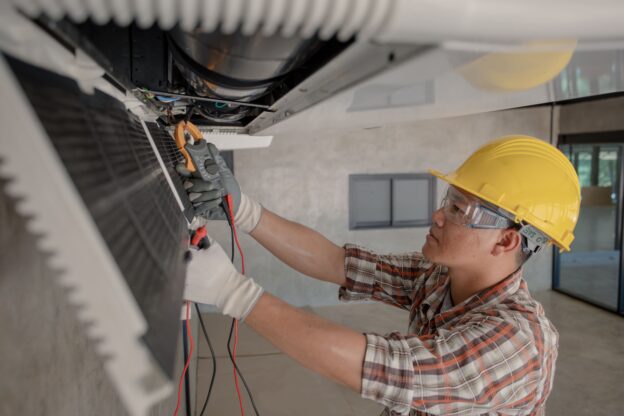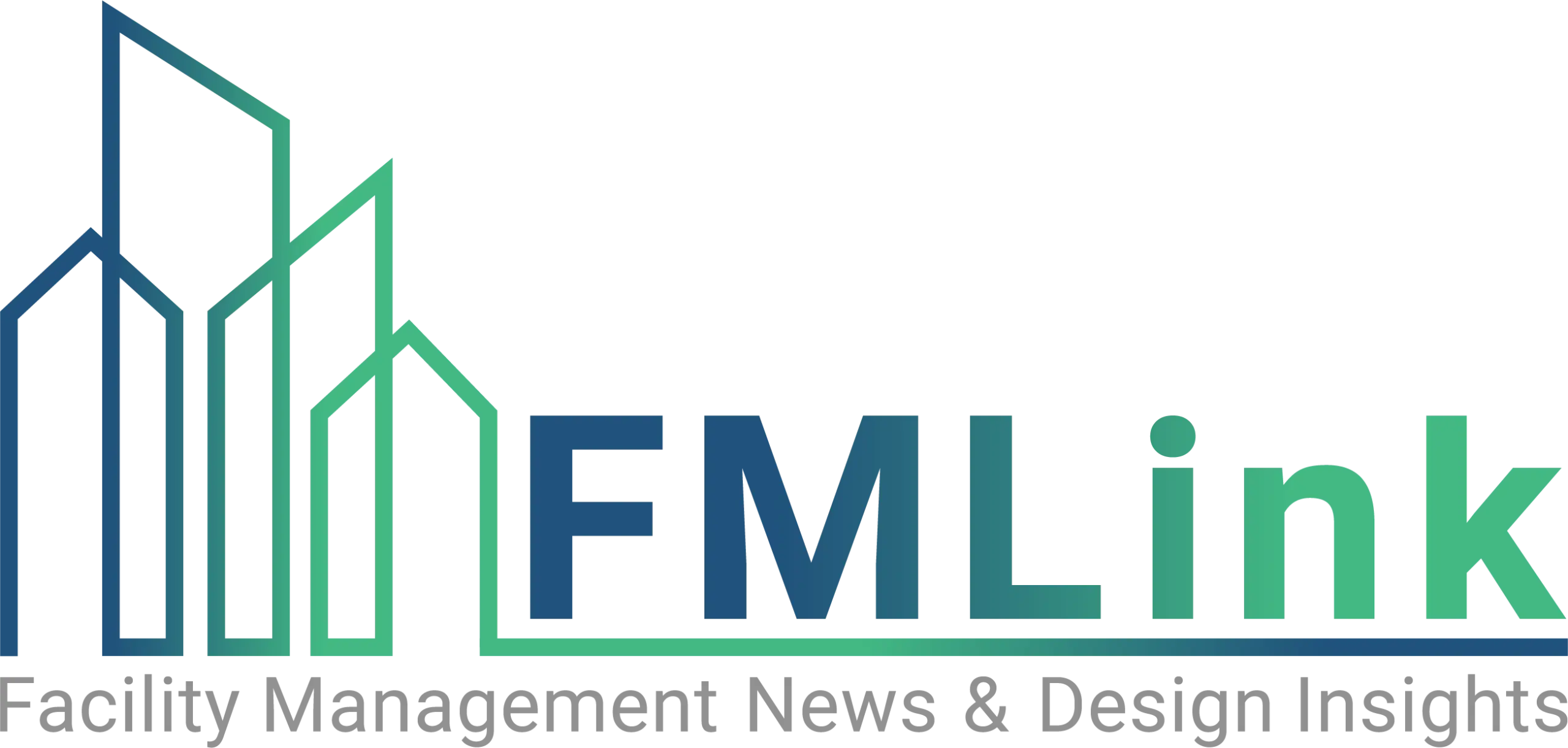MRO (Maintenance, Repair, Operations/Overhaul) parts storerooms are frequently not considered a source for overall corporate savings. Time is money, and unscheduled production machinery downtime is big money. In the case of the food and beverage industries, the big money can literally go down the drain! The bottom line of any company profit is painfully affected by something as simple as not being able to locate an inexpensive, over-the-counter part rapidly.
Simple, day-to-day operating procedures are foundational to efficient, well-run storerooms. When implemented and applied in a well-disciplined, deliberate, and methodical manner, these practices eliminate stock-outs, expensive overnight air freight, and costly manufacturing and facilities equipment downtime. Maintenance efficiency improves because parts are on hand when needed.
Competition from both Europe and Asia, and the introduction of Kaizen, Kanban, Six Sigma, 5-S, and the lean manufacturing concept, demand that MRO-part storerooms employ best practices in their operation. Unscheduled machine downtime has been replaced with computerized maintenance management system-aided maintenance planning, predictive and preventive maintenance scheduling, Reliability Centered (RCM) and Total Productive Maintenance (TPM) practices, and manufacturing-friendly maintenance work.
The crucial importance of efficiently organized, managed and operated storerooms is frequently overlooked or not recognized at all. Despite the talent, experience, and dedication of storeroom personnel, MRO-parts storage areas are often left with the scraps that fall under the financial table. Storerooms are allocated money for parts, but not funding for better storage fixtures or improvement in operational efficiency.
Consequently, many MRO storerooms resemble a dump instead of a significant plant operation where expensive and critical parts are stored. Aisles are cluttered, shelving is dusty, dirty and messy, and similar parts are stored in several places. Parts still reside in the boxes they were shipped in; overhead lighting is burned out; every corner is littered with equipment parts removed during overhauls or upgrades. Obsolete and cannibalized parts, coiled remnants of wire, and old light fixtures are piled on a pallet.
Several upright storage cabinets are either missing a door, or have the door bent so badly that it wont close and lock. Some interior shelves are missing, damaged or collapsed. Out-of-date paint and related supplies occupy a cabinet streaked with enough spills and smears to rate a window display in a pop-art gallery!
There may even be several barrels and crates of parts shipped in from a sister plant with the thought that they might be of some use. They arent and most likely never will be, especially if the plant had machinery or processes different from yours. Is this any way to support your manufacturing and facilities operations? The answer is obvious.
Disorganization and inefficiency decrease profit. If a part has to be flown in from anywhere, especially overseas, then overnight shipping becomes a very expensive option, especially with todays gas prices. One company had to charter a jet to fly to Europe to pick up two boxes of parts essential to keep their production line running. Their profit margin shrank by $55,000!
Most companies cannot afford a chartered jet to deliver emergency parts they need to keep their production line running. Money spent on organizing MRO storerooms is insurance against lost profit.
But before the storeroom can implement a standard operating procedure, it must resemble a store: clean, organized, labeled, well stocked, and well run. There is a place for everything, and everything is in its place. Therefore, it is now time to enter the hands-dirty phase.
Rule #1 You Can’t Inventory a Landfill
The very first item on the storeroom reorganizing list is a thorough, hard-core cleaning of the main MRO storeroom, its satellites, and all other part storage areas. This means getting rid of all the trash, junk, cannibalized, no-longer-used, leftover-from-modification and/or obsolete parts. Almost all of the parts that fall into the we might use it someday category, and every chair that somehow found its way into the dark, back corners of the storeroom is discarded.
The only exceptions to the we might use it someday rule are parts for equipment that is very old but still operational (but in that case it would be a standard spare part); parts for machinery whose original equipment manufacturer has gone out of business; or parts that are no longer available in the marketplace that are on operational machinery.
Parts come out of cardboard boxes and the smaller wooden crates, and go into or onto the appropriate type of storage fixture. Metal trash goes into a salvage dumpster or a 55-gallon drum. (Proceeds from the sale are used to buy needed maintenance tools). Old paint, light tubes and other environmentally hazardous materials go into their appropriate disposal containers. Everything else is discarded. As my first sergeant used to say, If you dont use it, lose it!
Rule # 2 Have an MRO-Storeroom GI Party
Anyone who has served in the armed forces knows what this is. For those who havent, a GI Party is a top-to-bottom, front-to-back, side-to-side, comprehensive and thorough cleaning of an area. A clean, empty space is required to start any parts-room organizing project. Once the trash is out of the way, space is opened up and there is room to work in. The various storage fixtures have more free space.
Set up a couple of portable tables and empty one or two sections of shelving onto them. Start there. Use standard industrial-strength cleaners (409, Mr. Clean, Pine-Sol, etc.) and paper towels to get the grime, grit, grease and dirt off of the shelving, and clean up the parts.
Use a razor scraper to remove any labels on the front of shelving, or simply rotate the shelf 180 degrees. The scraper can also be used on cabinets, pallet-or bulk-storage racks. Do all the shelves including the top one. Certain types of parts can be stored safely there. Relamp all burnt-out light fixtures, and add additional fixtures where the storeroom is dark. Repair any damaged walls, and consider a couple of coats of white paint.
Rule # 3 Fall In and Look Sharp
Now that the area, fixtures and parts have been cleaned up, it is time to get the parts sorted, assembled, and stored in their proper order. Similar to the military practice of falling in, parts are stored in assigned places. This place reflects logic, order, and common sense and requires only three steps.
Step 1 Consolidate
After the parts are wiped clean, consolidate them. Identical parts are gathered into one place, sorted, and stored together, no matter who manufactures them. Doing this creates the following advantages:
- Minimizes on-hand stock
- Reduces overall inventory dollar value
- Reduces the number and frequency of purchases
- Provides data on substitute parts
- Makes the setup of minimum and reorder quantities more accurate
- Makes additional storage fixture space available for other parts
- Increases part storage density
- Reuses the existing storage fixtures if they are functional and in good repair.
Once completed, this is a GIANT STEP towards becoming lean.
Step 2 – Organize
For the next step, the parts are organized generically by type. That means that all bearings are stored in one place, all cylinders in one place, all circuit boards in one place, all drive belts in one place, and so on. When placed in their storage fixture, the parts are sorted by size, smallest to largest.
The machine- or process-specific parts are organized and stored together for obvious reasons. General consumables, safety items, small tools, and office supplies are consolidated and organized, the latter two most frequently stored in lockable cabinets. Organizing the parts has built-in benefits:
- Elimination of the need for costly storeroom remodeling, or new construction
- Maximizes the effective use of existing space through efficient design and setup
- Sorts parts generically and by specific machine use, which expedites location and retrieval, and results in shorter equipment downtime
- Assists with accurate physical inventories and cycle counts
- Eliminates overstock, out-of-stock, or is-it-stocked problems
- Frees up storage fixtures and storage areas for other uses
- Enhances part and tool security
- Reduces storeroom traffic
The storeroom now looks sharp and has a world class appearance. Another GIANT STEP toward becoming reliable is taken.
Step 3 – Automate
The plant Maintenance Department should have an operational and functional CMMS in place. CMMS systems were introduced to desktop computers in the mid-1980s. A well-run, efficient, maintenance-oriented plant uses one, and the CMMS has a bar code-capable inventory module capable of handling and processing all the maintenance-related MRO-parts tracking functions. That module must be populated, complete, and kept up-to-date.
After the locations have been clearly marked, a comprehensive, hands-on physical inventory is conducted. This includes the part number, a noun-first description, other descriptive elements, part type, location, quantity-on-hand, vendor and cost information and special notes. Once completed and entered into the CMMS, inventory bar-code labels for parts are produced and applied.
Bar-coding technology makes part and tool checkout easier, quicker and more accurate, allows physical inventories and cycle counts to be conducted more efficiently and accurately, and enables the storeroom clerk to manage stores effectively on a day-to-day basis.
Forward March!
The storeroom is now well on its way to meeting lean and reliable standards. As these rules and steps are implemented, the day-to-day, routine activities of the storeroom start being practiced. (Those routines are listed in Part 2 of this article, in the next issue.) The end result is that the entire MRO parts operation is both lean and reliable because the required parts are in house, they are on hand in sufficient yet minimum quantities, and they can be located and retrieved quickly when needed. The reordering, purchasing, receiving and restocking functions are accurate, efficient, timely and cost effective. Hence, the plant remains productive, profitable and competitive in a global-market economy.




